WFP's fight against impact of climate change fuels hope for millions across the Middle East and North Africa
As world nations gathered in the United Arab Emirates for COP28 to evaluate climate goals and hammer out solutions for methane pollution, fossil fuels and funding shortfalls in climate finance, the World Food Programme (WFP) and partners remained hard at work helping millions of people in the Middle East and North Africa (MENA) cope with the region’s climate emergency.
MENA, where climate disasters have almost tripled in the past four decades, remains one of the least funded regions in terms of climate finance. A total 40 million people across the region – including in conflict-affected countries such as Syria, Yemen, Iraq and Libya – are vulnerable to the ravages of rising temperatures, water scarcity, shrinking crop yields, flash floods and hunger.
In a region that imports over 50 percent of its food and where yields of staple crops and grains are likely to decline by 20 to 50 percent as sea levels and temperatures rise, climate action can mean the difference between food security and starvation.
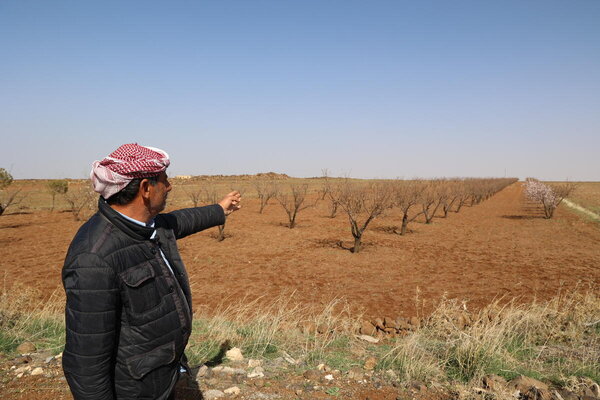
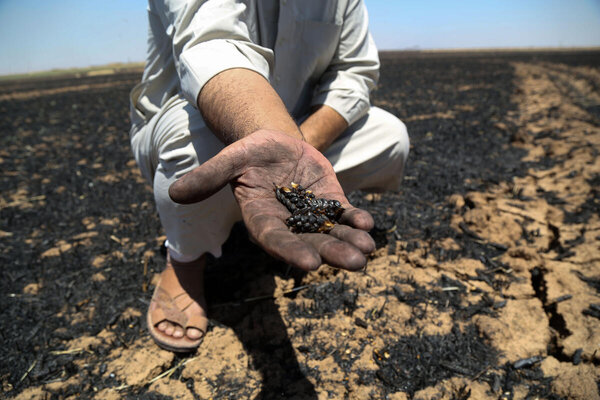
Solutions offering hope
To help communities cope with the breakdown in their climate, WFP is providing practical, sustainable solutions that support people in managing and recovering from climate-related disasters. Innovative solutions can become a lifeline for people caught between the climate crisis and ongoing conflict, enabling them to cope, adapt and recover. WFP’s research shows that every US$1 invested in resilience programmes saves US$3 in humanitarian assistance.
Egypt: a step forward
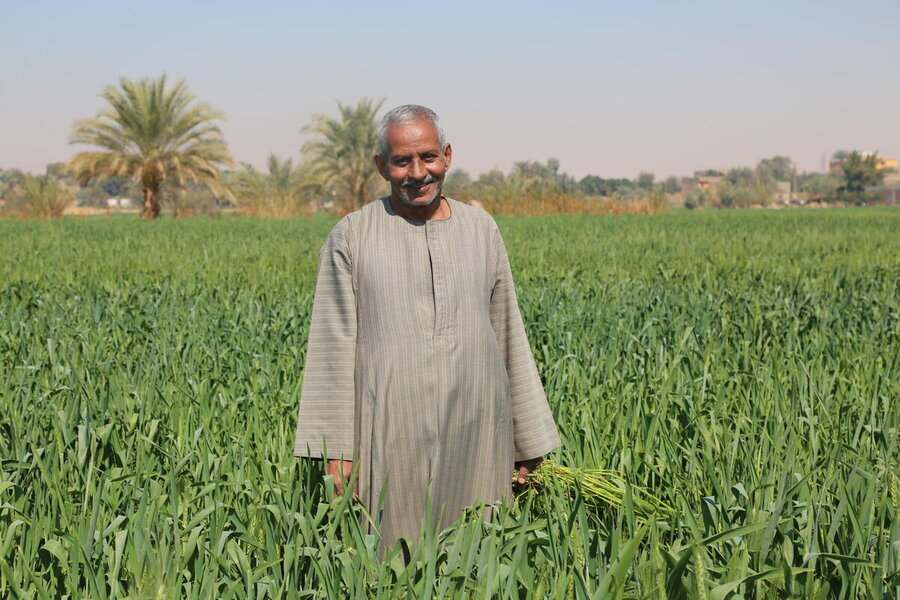
In Egypt, WFP has supported smallholder farmers in 100 of the poorest villages so they can improve the management of their land and water resources. This initiative has benefited more than 2 million people directly and indirectly.
For Bastawi Nasser Mohamed, a smallholder farmer in Aswan in southern Egypt, learning about the technical methods and resources needed to increase his agricultural production was a new step forward.
“We did not know what seeds to use or the most appropriate time to start the agricultural process,” said Bastawi. “We were just using the methods we were accustomed to seeing our ancestors using.”
His fellow farmer, Mohamed Kamal from Luxor, also in southern Egypt, added: “The heat has always damaged our land, and productivity has always been very low. Using new seed varieties has helped us improve the quality of our crops, which has helped improve our family conditions and increased the quality of the land.”
Lebanon: 1 million trees
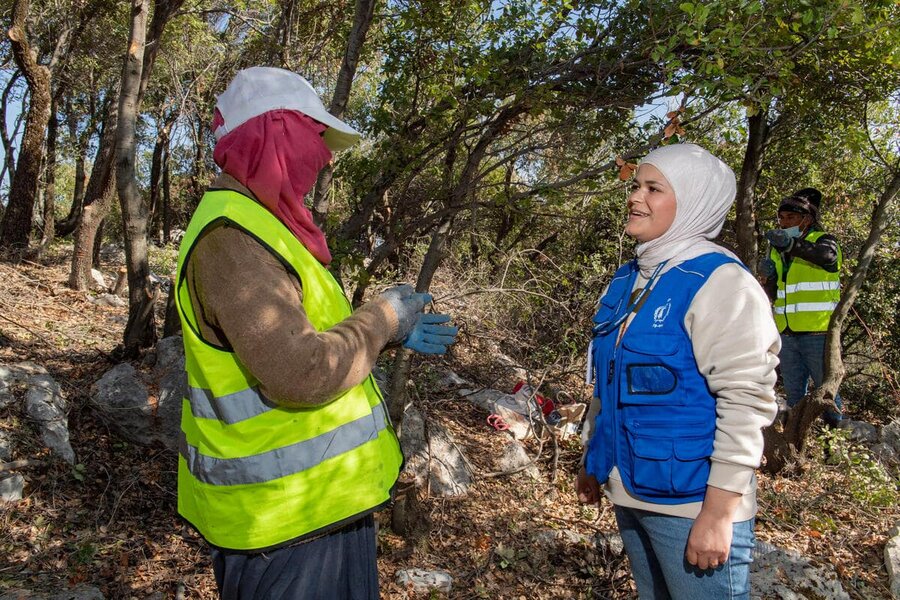
In Lebanon, analysis of satellite images of agricultural assets showed that WFP irrigation canals and agricultural roads contributed to improving vegetation and soil conditions. Over the course of five years, WFP supported hundreds of Lebanese farmers and Syrian refugees in planting over 1 million trees in 550 sites spanning 600 hectares across Lebanon. These efforts have preserved six nature reserves.
Yemen: Flourishing fields
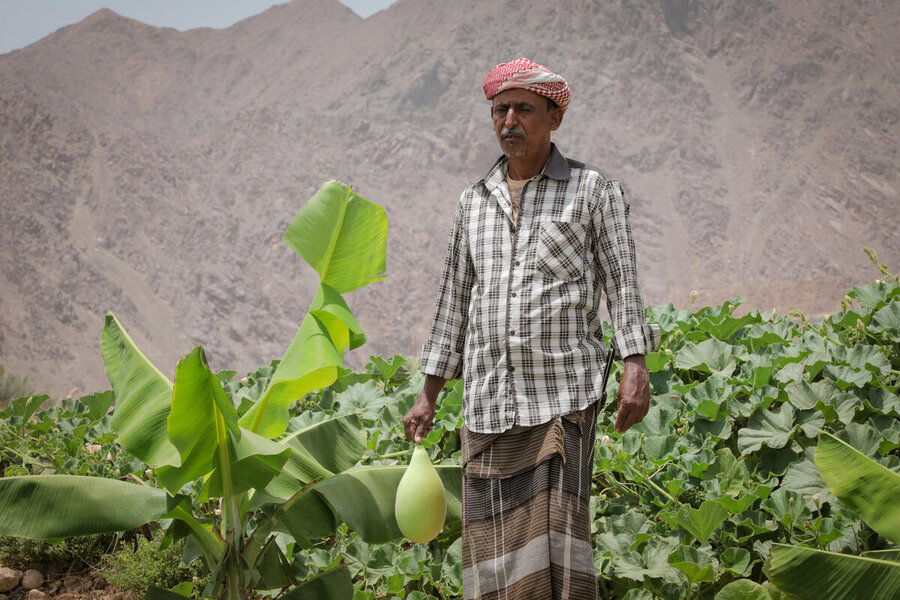
In Yemen, one of the most water-scarce countries in the world, WFP provides sustainable and climate-sensitive solutions to help communities better manage water. This includes solar-powered water stations, installing pumps and building and rehabilitating dams. These projects benefit about 60,000 Yemenis.
“Before implementing these projects, we were suffering from the problem of water shortages, so we relied on pumps and incurred high costs in fuel and maintenance. After implementing the project, we cultivated large areas exceeding six acres, and the results were excellent,” said Nasser Saeed, a farmer from the Mukalla region.
Iraq: Mangroves shield precious crops
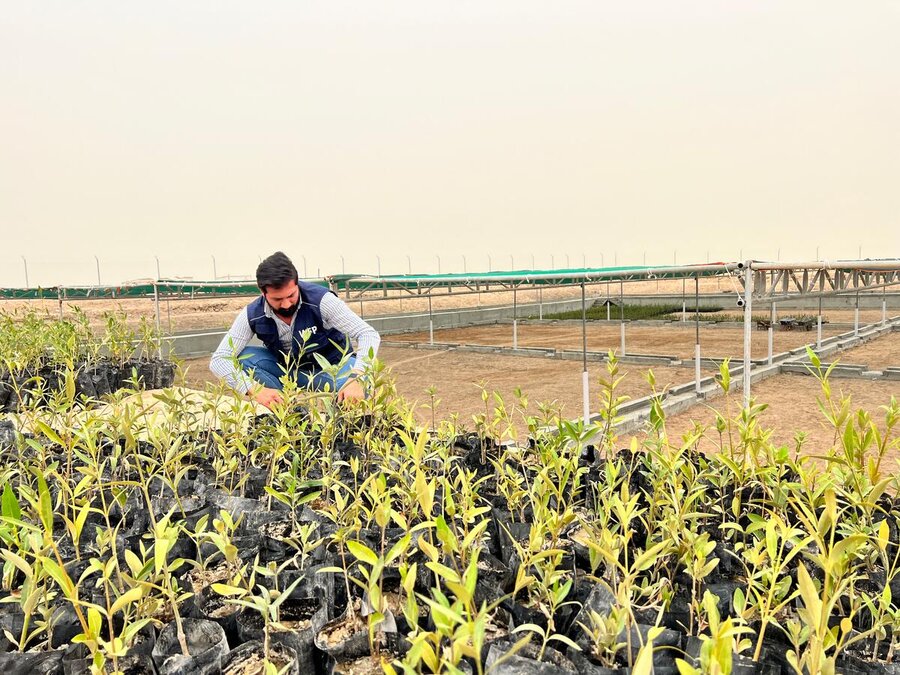
In Iraq, WFP helped more than 2,000 smallholder farmers increase their productivity by providing seeds, greenhouses, livestock and beekeeping. Through this programme, which brought together the Government of Iraq and partners, farmers built a mangrove nursery in the tidal flats area in Basra to produce up to 1 million mangrove seedlings annually. These mangroves have helped increase the number of fish species in the area, through providing food and shelter, and have shielded precious crops from erosion and pollution.
Palestine: Doubling incomes before renewed conflict
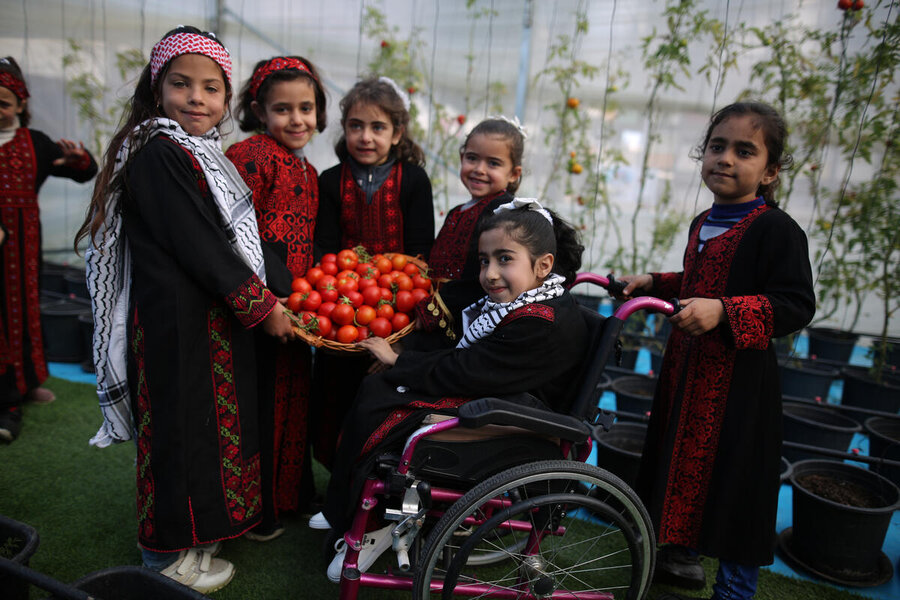
In Palestine, the current conflict in Gaza has wiped out all food systems, making starvation, dehydration and disease an imminent risk for the 2.3 million people trapped inside the enclave. Resilience projects that WFP was running have now stopped, worsening socio-economic conditions.
But prior to the conflict, WFP supported smallholder farmers through 22 institutions that helped low-income women, vulnerable youth, orphans and people with disabilities, equipping them with 543 climate-resilient agricultural assets such as solar panels and greenhouses, and helping them market their produce. This has helped some double their incomes and reduce their energy expenses.
Investing in climate action is a no-brainer. Without immediate funds to rein in climate disasters, the havoc they wreak on our planet and the loss and desolation they inflict on millions of people globally, the alternative will be a much bigger and more costly problem that may be beyond repair, as global heating spirals out of control.
The climate crisis is driving hunger across the world. In 2022, 57 million people were pushed into acute food insecurity by climate extremes. Above is just a snapshot of what can be done to offset these extremes – actions that need to be replicated across multiple countries feeling the full force of the climate emergency. Current humanitarian needs will pale in comparison to the inevitable massive increase if governments fail to find and implement solutions immediately.
